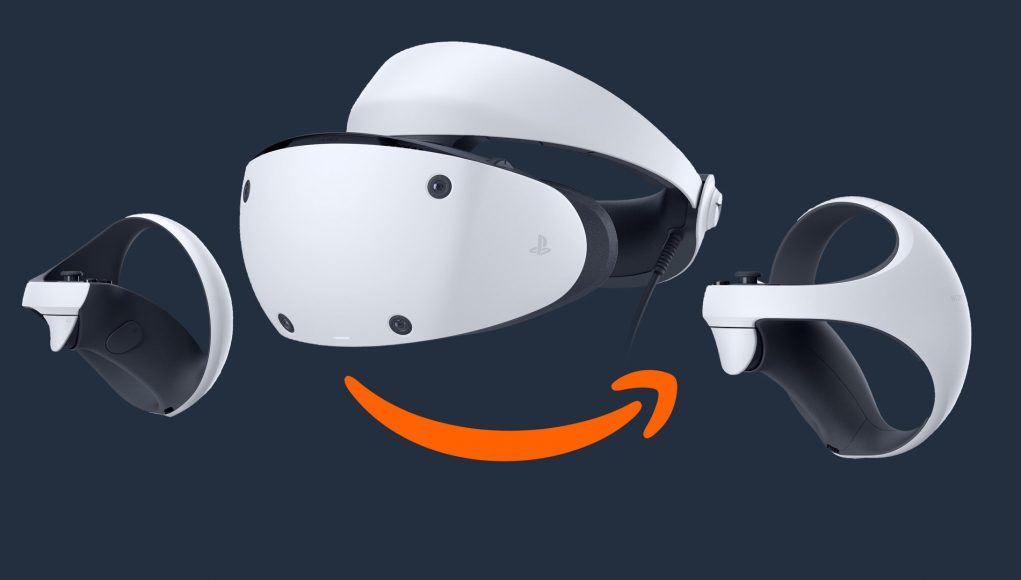Black Friday is still a week away, but Sony has already released its Black Friday deals, including the best PSVR 2 sale we’ve seen. You can now get the PSVR 2 Horizon Call of the Mountain bundle for just $350, a 42% discount over the usual price.
Update (December 10th, 2024): Our article detailing PSVR 2’s post-Black Friday sales volume can be found here.
The PSVR 2 Horizon Call of the Mountain bundle is currently on sale for $350. This is almost certainly the best the headset will see this year.
The bundle includes the PSVR 2 headset, controllers, and a digital copy of Horizon Call of the Mountain, a flagship title for the platform which we scored an 8.5 out of 10 in our review. The headset, originally released in early 2023, features OLED displays, impressive haptics, a resolution of 2,000 × 2,040 per-eye, and inside-out tracking.
While the PSVR 2 headset itself has dipped to $350 previously, this is the first time we’ve seen the Horizon Call of the Mountain bundle drop to this price. Curiously, the PSVR 2 headset itself is also on sale for $350. That’s the same price, but without the bundled game… so definitely got for the bundle if you’re planning to jump on this deal.
This discount follows the release of Sony’s PC VR adapter, which became available in August for $60. The adapter allows the PSVR 2 to be used with SteamVR on compatible gaming PCs, although certain features like HDR, headset haptics, and adaptive triggers are not supported when used with PC.
The $350 deal is currently listed as a limited-time offer. If you can’t find stock on Amazon, we’re also seeing the deal at Target, Walmart, Best Buy, and direct from PlayStation.







